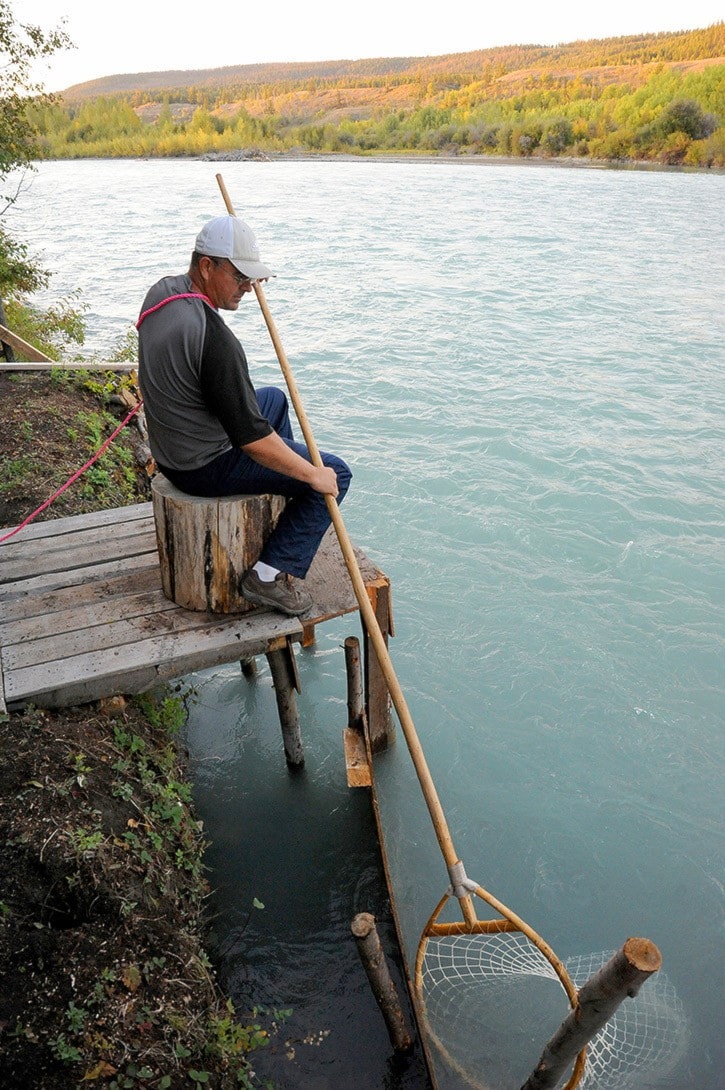A steady, healthy run of returning sockeye have received a warm homecoming this season.
The extra excitement and celebration surrounding the run comes one year after First Nations refrained from fishing for their main food source last year due to the unknown impacts of the tailings dam failure at Mount Polley Mine on Aug. 4, 2014, which released millions of cubic metres of mine waste water into the Fraser River.
“The Mount Polley breach gave us a quick glimpse of what life would be like for us without the salmon,” said Paul Grinder, fisheries manager for the Tsilhqot’in National Government.
“And it was a scary thought.”
This year there were the usual concerns about the health of the salmon runs due to the hot summer elevating river temperatures, however, the fish seemed to find a way around that by coming later into the season than usual.
“They took their time coming up.” Grinder said of the Chilko run.
“In my opinion, our fish are evolving, adapting to the warmer climate.”
Grinder said he noticed the fish this year shifted into deeper, cooler waters while the river level dropped, making it better for the fish but also more of a challenge for traditional dip netters.
“Using the dip net technique is quite selective and can also be quite difficult,” he said.
But it’s well worth the effort. Grinder said the Chilko salmon are a special fish; proven to be genetically stronger with a slightly different build than other sockeye. The run is also unique in that it spawns at the highest elevation of all salmon in the province and spawns in the Chilko River just before entering Chilko Lake, whereas all other salmon travel into lakes and then up creeks and rivers to spawn.
“It’s a very unique system — it’s very pristine and remote and doesn’t need any kind of human interference to improve it.”
The fish begin their journey through the Chilcotin when they enter the glacier-fed waters of the Chilcotin River in mid-August, travelling through traditional fishing areas like Farwell Canyon and Siwash Bridge. Grinder said the glacier waters seem to revive the fish for the last leg of their long journey, after travelling the warm, more polluted waters of the Fraser River. The stock seemed very healthy and strong this year, he said, as did the Tsilhqot’in, Carrier and Shuswap First Nations arriving at the river banks to greet them.
“The energy around the river was good — everybody was happy to meet on the river again to fish and rekindle old friendships. There seemed to be a lot more people visiting the fishing sites, spectating and just enjoying the run. Last year that was missing,” Grinder said.
This year the TNG has partnered with the Upper Fraser Fisheries Conservation Alliance (UFFCA) to conduct important research on the lesser known Taseko River salmon run.
Grinder said the joint project will help them gain a better understanding of what fish and how many are going into the important system.
Department of Fisheries and Oceans and TNG staff are also currently working on a stock assessment on the Chilko River to track the health and size of the run.
